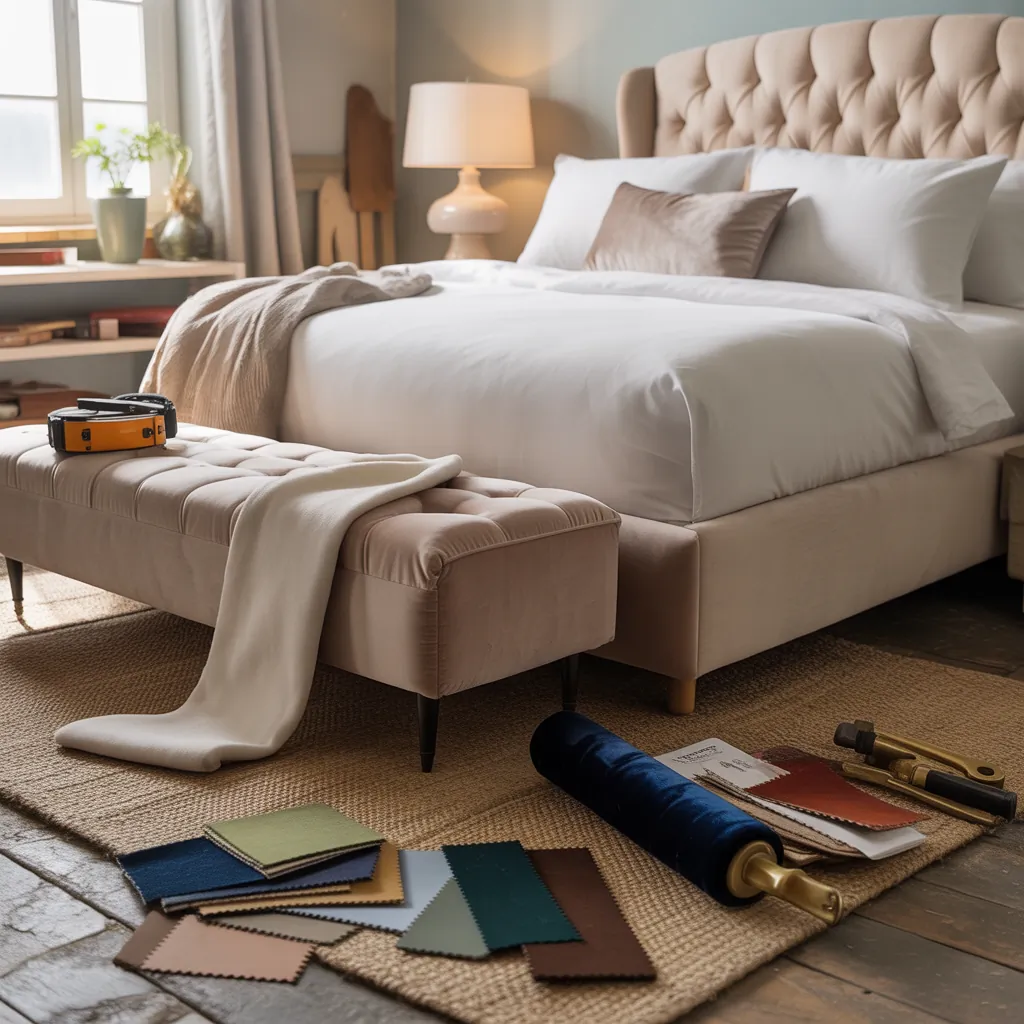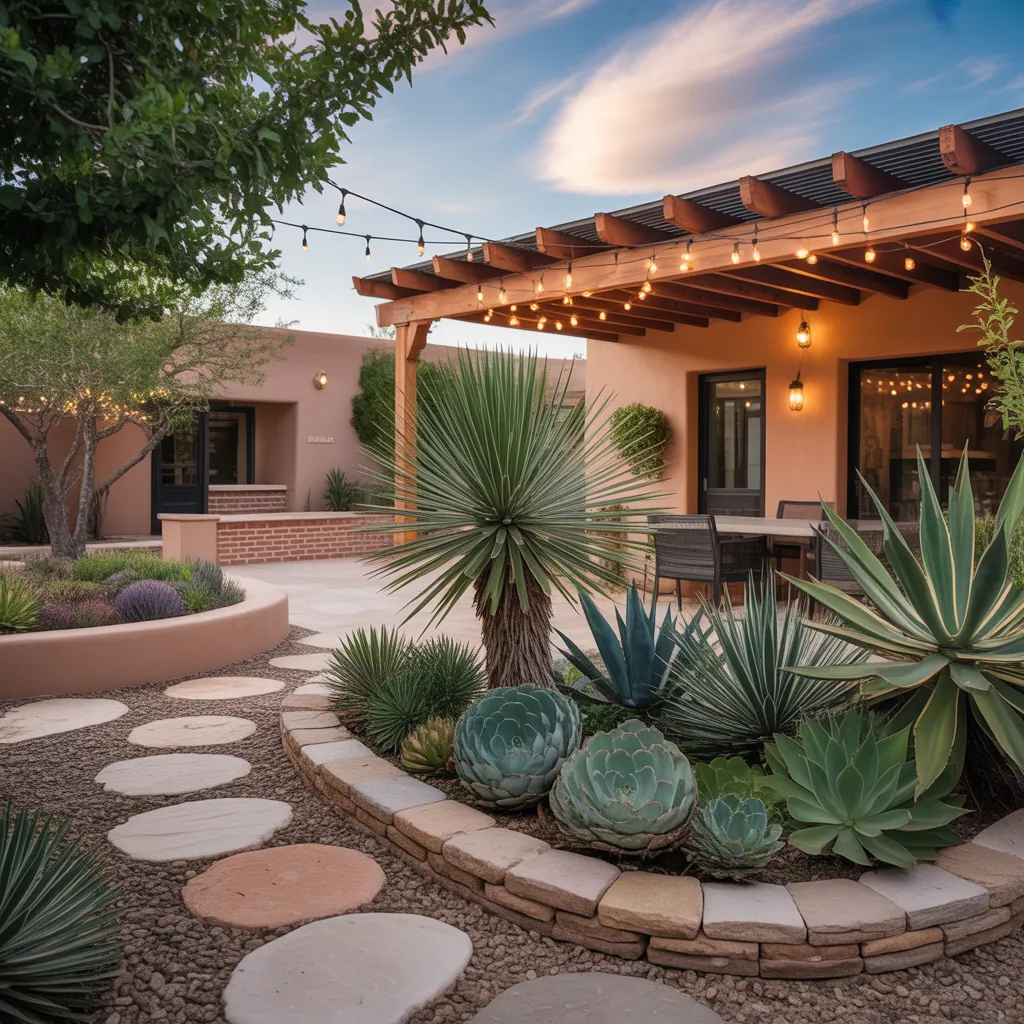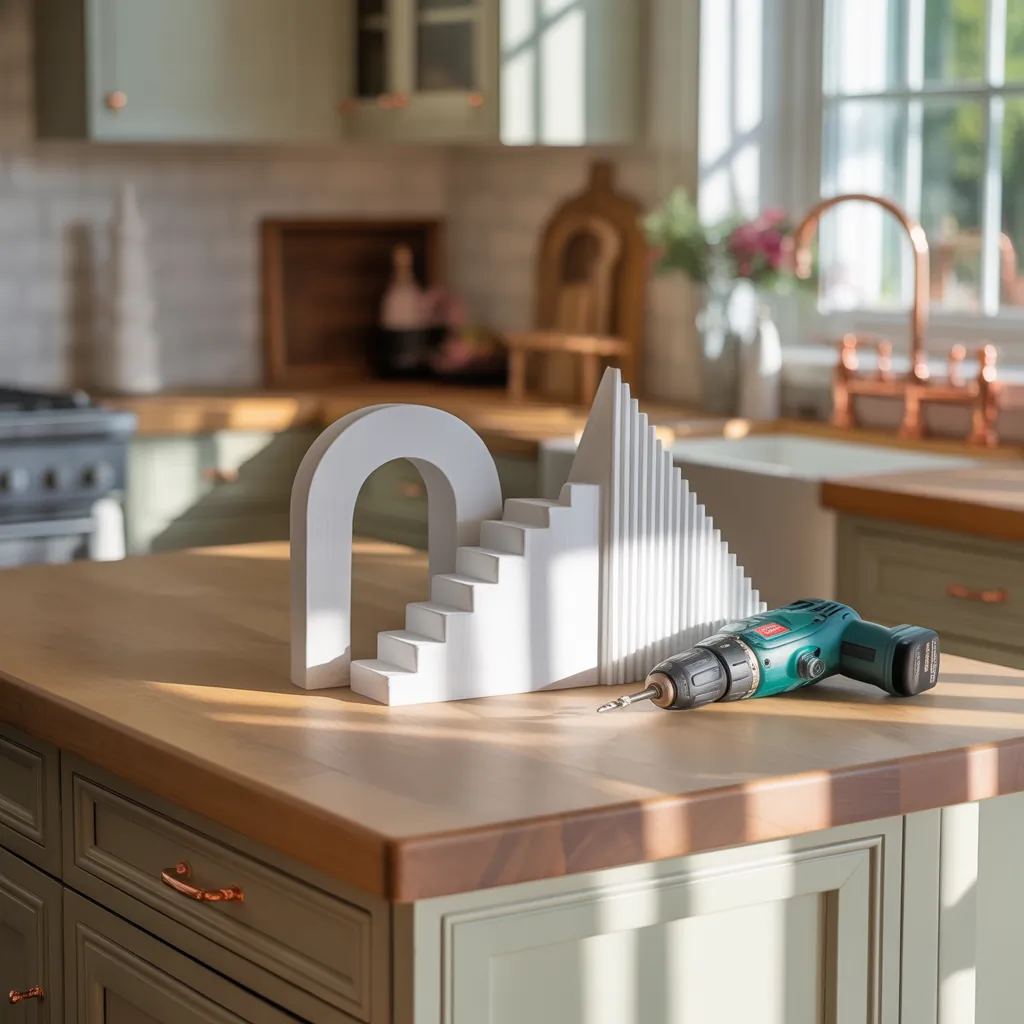Picture this: you wake up on a Monday morning, shuffle to your bedroom, and sigh—not because of a busy week ahead, but because your room still looks like it did five years ago. Sound familiar? If you’re itching for a refresh without a full renovation, bedroom upholstered concepts can turn a tired space into a luxurious retreat. From DIY upholstered headboards to padded wall panels and upholstered bed frames, these ideas add texture, sound dampening, and comfort—often on a budget.
Why Choose Bedroom Upholstered Concepts?
Upholstery in the bedroom is more than decoration. It introduces softness, improves acoustics, and instantly raises the perceived value of your space. Whether you want to try a tufted headboard, a sleek fabric bed frame, or upholstered nightstand fronts, the right textile choices and construction techniques let you customize color, pattern, and feel.
Benefits at a glance
- Comfort: Soft surfaces for leaning and lounging.
- Style Versatility: From mid-century velvet to modern linen.
- Sound Control: Padded surfaces absorb noise for better sleep.
- Budget Flexibility: DIY options reduce costs versus custom pieces.
Bedroom Upholstered Concepts: Quick Inspiration
Here are several on-trend upholstered concepts to consider for your bedroom makeover:
- Tufted headboard: Classic, hotel-style elegance—great for a focal point behind the bed.
- Floor-to-ceiling padded wall panels: Ultimate drama and soundproofing for a calming retreat.
- Upholstered bed frame: Wrap your mattress in fabric for a cohesive, cozy look.
- Fabric-draped alcove: For small rooms, an upholstered alcove creates depth and softness.
- Upholstered furniture fronts: Recover dressers or nightstands for a coordinated scheme.
Popular Upholstery Materials and Long-Tail Fabric Choices
Choosing the right fabric and padding makes or breaks a project. Consider durable performance fabrics for everyday beds, and softer, luxe textiles for guest rooms or master suites.
- Linen blends: Breathable and casual—great for modern farmhouse or Scandinavian styles.
- Velvet: Adds depth and richness; works well in jewel tones.
- Performance microfiber: Stain-resistant and kid-friendly.
- Wool blends: Natural texture and warmth, ideal for cozy bedrooms.
Long-tail fabric ideas:
“neutral linen upholstered headboard,” “velvet tufted headboard DIY,” and “soundproof padded bedroom wall panels” are search-friendly phrases that reflect common homeowner goals.
DIY Step-by-Step: Build an Upholstered Headboard
This is a beginner-friendly project that transforms any bed. Estimated time: 2–4 hours.
Materials
- Plywood or MDF board (cut to width and height of your headboard)
- High-density foam (1–2 inches thick) or batting
- Upholstery fabric (allow extra for wrapping)
- Batting (optional, for smoother look)
- Staple gun and staples
- Brackets or D-rings for mounting
- Optional: Buttons and tufting tool for tufted style
Steps
- Measure your bed to determine headboard size. Mark and cut plywood to match.
- Attach foam to the plywood using spray adhesive. Add batting over foam for a smooth finish.
- Lay fabric face down, center plywood on top, and pull fabric tight around edges. Staple fabric to the back of plywood every 2–3 inches.
- If doing tufting, mark a grid for button placement before stapling the final edges—use screws-through-buttons method to secure tufts through foam and wood.
- Mount headboard to wall studs or attach to bed frame with brackets. Check for levelness.
Tip: Choose a washable fabric if you expect spills or pets. For a hotel-like look, aim for a tall headboard that reaches at least 48–60 inches high.
Advanced Idea: Padded Wall Panels and Upholstered Niche
Want to go beyond the bed? Upholstered wall panels create a high-end feel and are perfect for renters when installed as freestanding panels. Use lightweight foam and thin MDF backing to keep pieces manageable.
Installation highlights
- Design a repeating grid or staggered pattern for visual interest.
- Use command strips or cleats if you prefer non-permanent installation.
- Select fire-retardant batting and fabric for safety if close to the bed.
Choosing Colors, Patterns, and Texture
When selecting textiles, consider the room’s lighting and existing palette. Soft neutrals and warm greys make small rooms feel larger; deep blues and greens add intimacy. Mix textures—smooth velvet headboard with linen bedding—to create depth without overwhelming the space.
Design combos that work
- Scandinavian: Pale linen headboard, natural wood frame, simple geometric throw.
- Glam: Jewel-toned velvet, brass nailhead trim, mirrored nightstands.
- Coastal: Light blue performance fabric, white-washed bed frame, woven rug.
Real-World Advice and Maintenance
Upkeep keeps your upholstered pieces looking fresh. Vacuum regularly with a soft brush to remove dust, spot-clean with fabric-appropriate cleaners, and rotate cushions if your design includes removable pieces. For deep cleaning, check the manufacturer’s care instructions or use professional upholstery cleaning services for delicate fabrics.
Budgeting and timeline
DIY upholstered headboards often cost under $150 in materials; custom upholstered bed frames can run significantly higher. Plan a weekend for a headboard and a few weekends for more complex wall installations.
If you’re ready to expand beyond upholstered bedrooms, explore more home projects on our DIY projects and get ideas on coordinating spaces via our home design ideas pages.
Frequently Asked Questions
1. How difficult is it to upholster a headboard myself?
It’s a great beginner DIY. With basic tools (staple gun, scissors, drill) and an afternoon of work, most homeowners can create a professional-looking headboard. Start with a flat panel design before attempting tufted styles.
2. What fabric is best for a bedroom upholstered headboard?
Choose based on use: performance fabrics for high-traffic or kid-friendly rooms, linen/blends for an airy look, and velvet for a luxe touch. Always consider durability and cleanability.
3. Can an upholstered headboard reduce noise?
Yes. Padded surfaces absorb sound, helping reduce echo and making the room feel quieter. For noticeable soundproofing, extend upholstery to larger panels or thicker foam.
Conclusion — Start Your Bedroom Upholstered Concepts Project Today
Upholstered ideas are one of the most impactful, budget-friendly ways to refresh a bedroom. Whether you try a simple upholstered headboard, a tufted statement piece, or full padded wall panels, these bedroom upholstered concepts deliver comfort and style. Ready to tackle a project this weekend? Gather your fabric samples, measure your space, and pick a concept—then share your results or explore more tips on our DIY projects page. Transform your room into the cozy retreat you deserve.
Call to action: Pick one upholstered idea and start—post a photo of your progress, ask questions, or read other tutorials to stay inspired. Happy building!



